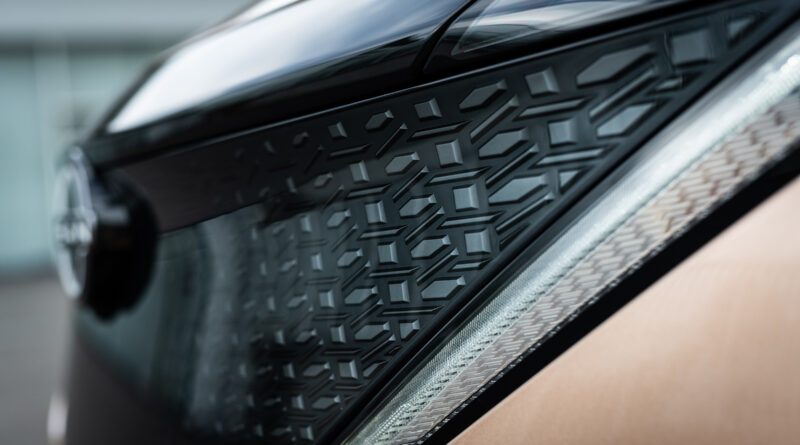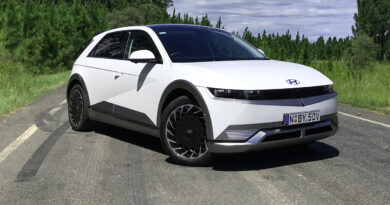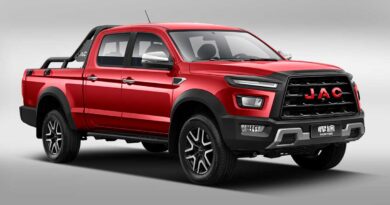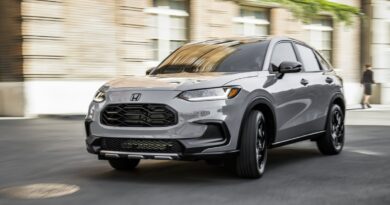Innovative design sets Nissan EV template
Fresh thinking and innovative features built into the Ariya electric SUV have set the template for Nissan’s future family of EVs.
Speaking to media soon after the reveal of the most advanced Nissan ever created, design chief Alfonso Albaisa elaborated on the fundamental changes beneath the skin of the futuristic-looking mid-sized SUV set to shape the brand’s future EVs.

“Because the family of EVs is going to be so big, with six or seven EVs [in future] … we are comfortable that that family has a DNA and then e-Power [hybrid models] shares a lot of that DNA.”
Front loader
Nissan took the opportunity of the rare ground-up design to reposition many major components within the Ariya, taking a different path to other manufacturers, including a key competitor – Tesla.
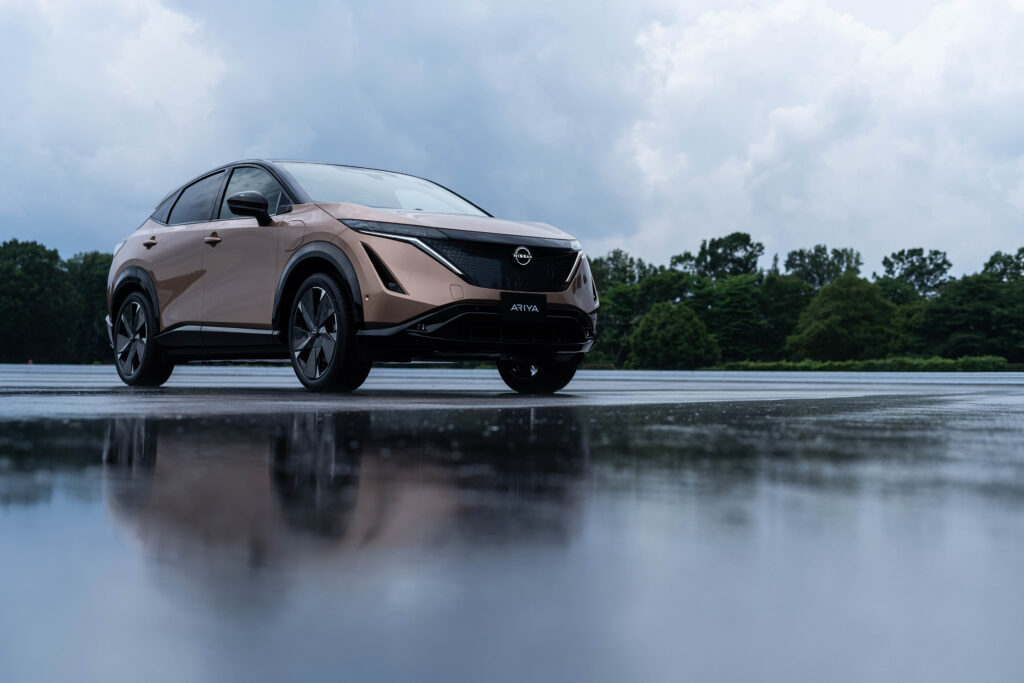
The main change was beneath the bonnet. Instead of a storage area – or “frunk” as Tesla calls it – Nissan has packed it full of components that would normally be hidden in the cabin.
“This was the big, big, big first decision that had to be made with the completely new architecture,” said Albaisa.
“We want to use that space to house the things we don’t think are needed in the cabin: HVAC [ventilation], blowers and condensers and all of that have moved and occupied all the space around the little watermelon EV motor that is occupying that [bonnet] area.”
Much of it was done to account for the semi-autonomous technology that will allow for some hands-free driving, albeit over short distances initially.
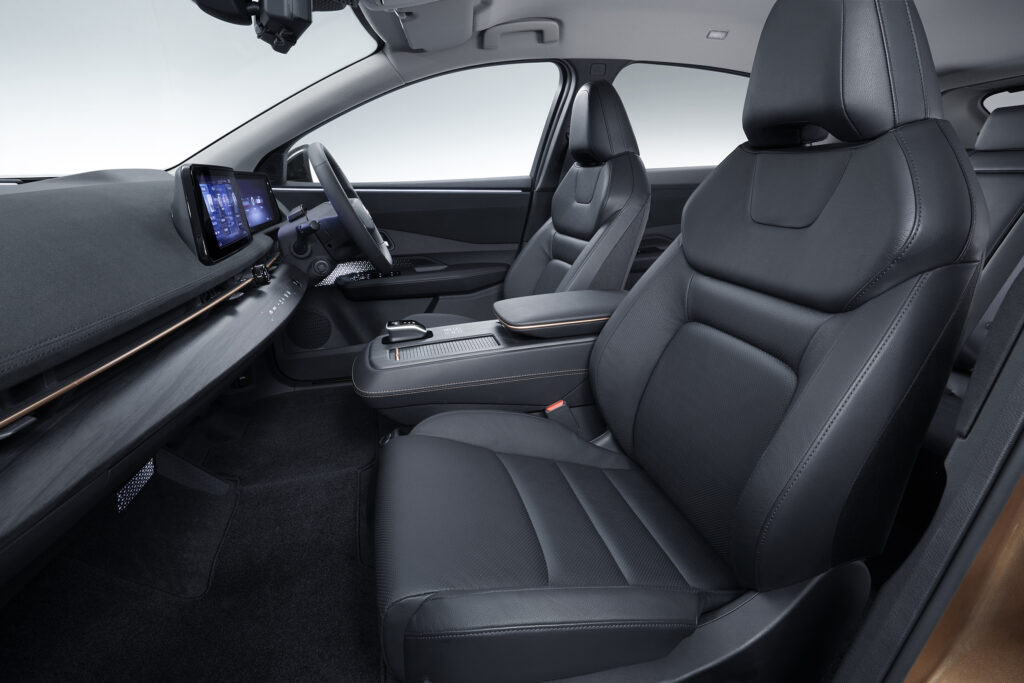
“It has allowed us to express a new cabin feeling,” he said, adding that a near-flat floor and clean shapes were a key design focus.
“Fundamentally the ambition for Ariya is to change how you live inside the car.”
Switching it up
That also flows to the switches, with Albaisa boldly predicting most buttons would disappear or become virtual buttons in the near future.
Nissan has employed capacitive switches that are more like touch pads. They blend into the wood-look dash and pulse when pushed.
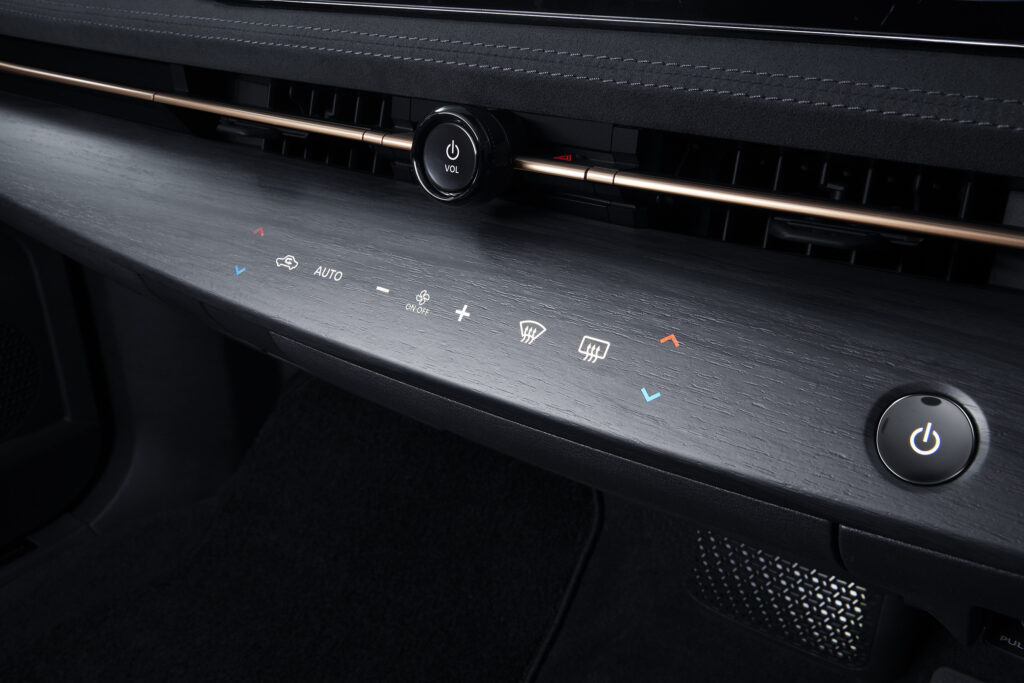
But he said the proliferation of apps and voice control – including Amazon Alexa that is built into the Ariya – meant many buttons could become redundant.
“The ability to identify one switch to one function is dead … to be able to have an interior that is inherently flexible and no longer reliant on the physical switch.”
LED lighting has also changed the Ariya inside and out.
Even the Nissan badge illuminates and there are various character lines and curves highlighted with light.
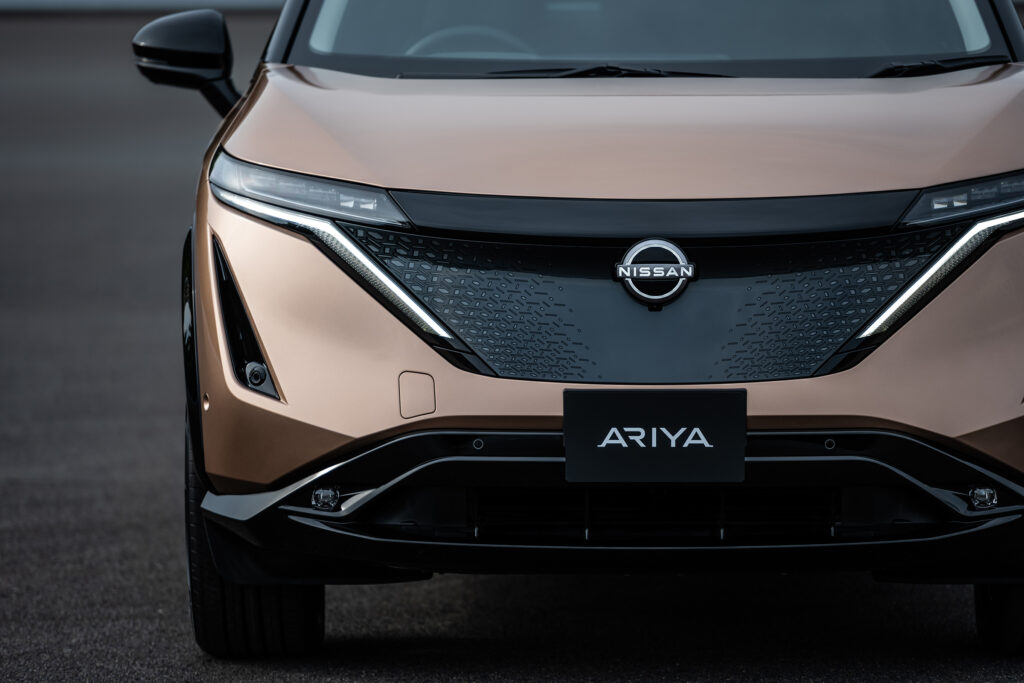
“The lighting story isn’t over… there is still a lot of room to move primary functions into [lighting] signatures … and also enhance safety and communication during the autonomous … aspect of the drive.”
Japanese influence
Inside, there’s a Japanese Kimiko pattern build into some of the modern surfaces.
In designing the Ariya Nissan embraced its Japanese heritage.
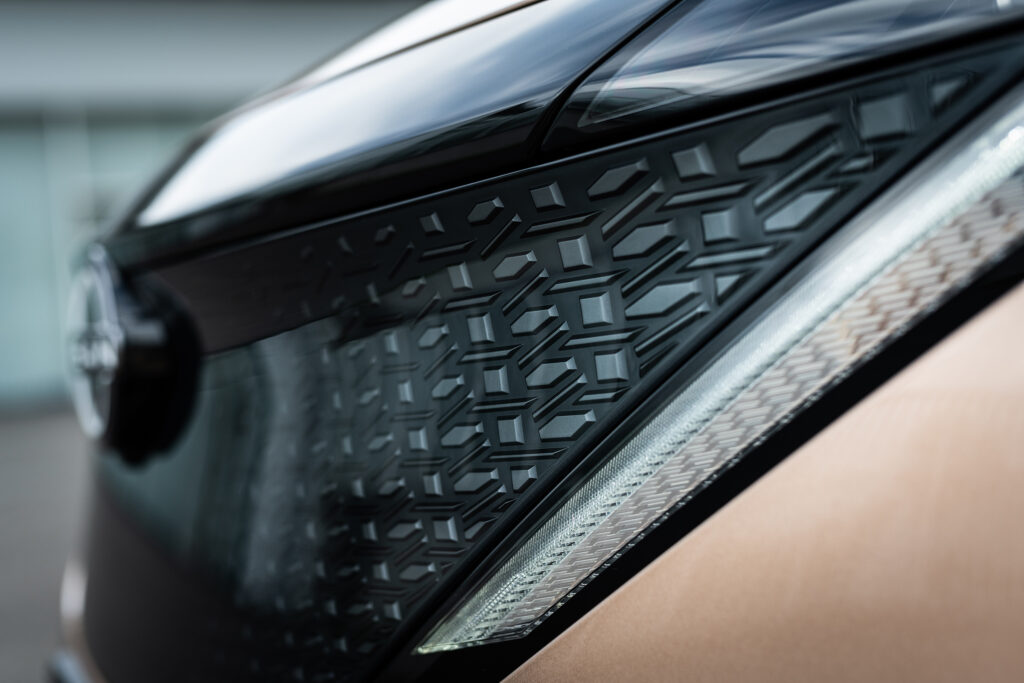
From the pattern on the grille to lighting inside, there are hints of Japanese design and culture.
Albaisa said that would be key to future Nissans.
“It’s all going to have this funky, technology of Japan.”
But Albaisa was adamant the science experiment era of EV design – much of it led by Japanese manufacturers – was over.
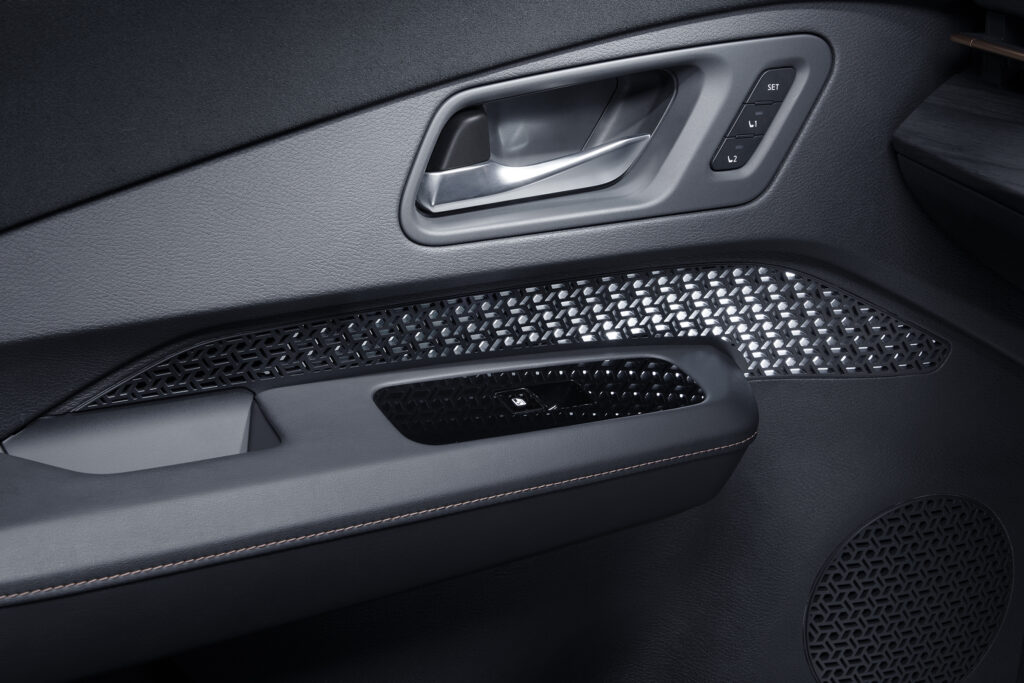
“It is a complex journey for designing an EV,” he said. “The immediate impulses are you should design something that looks immediately high tech. Human beings buy these cars, these are huge investments. Sometimes people historically have rejected the odd [designs].
“There’s always the struggle of how purely you express something that is the technology of the future.”

